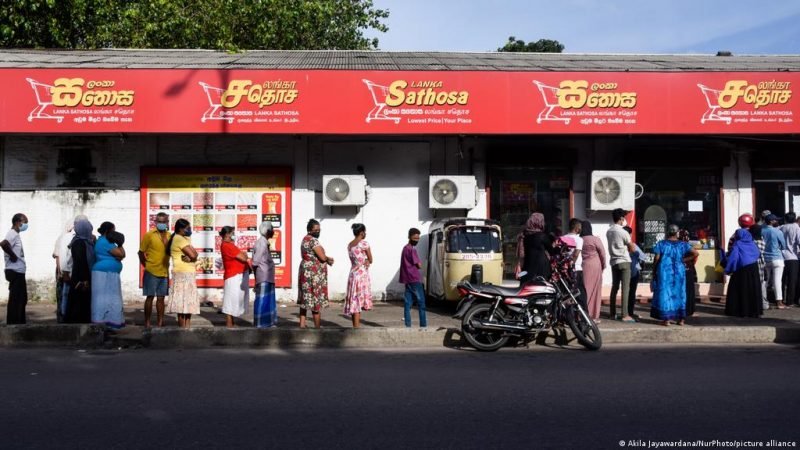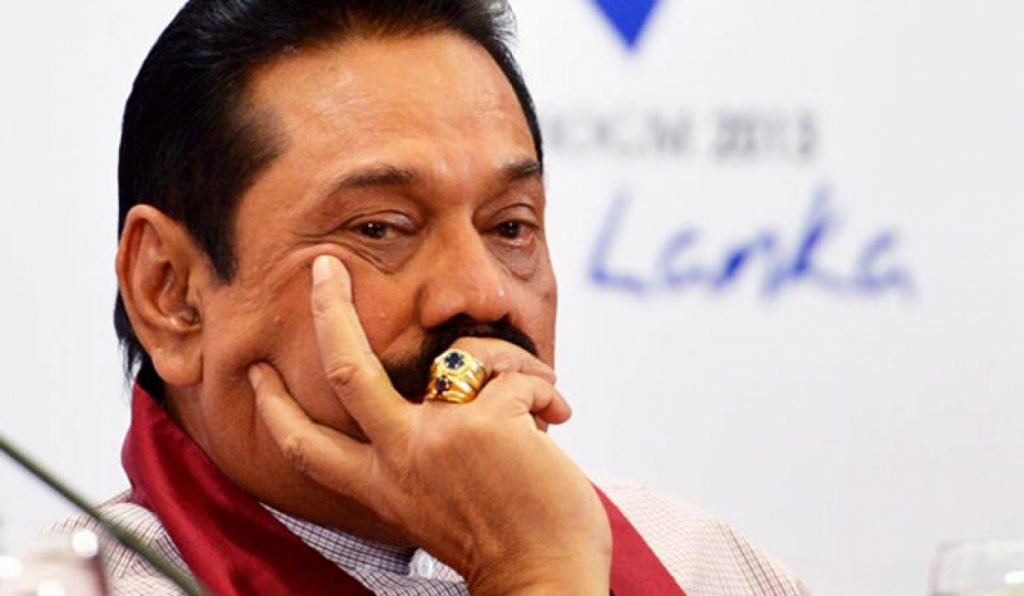Decoding Sri-Lanka’s economic crisis

Rising food costs, devaluing cash, and quickly draining forex reserves. This is the situation of the Sri-Lanka government today. With the government recently declaring a state of economic emergency and a series of steps taken up to handle the crisis, one knows that it is only temporary and Sri- Lanka must realize by now the deepening of the problems the nation is facing and strategically lay out a plan that will save the economy in the long run.
Sri Lanka, a Frontier economy, that’s neither underdeveloped nor big enough to be branded an emerging economy depend heavily on a few specialised sectors. The economy seems to be highly dependent on tourism, tea, and a few other agricultural products. Tourism contributes more than 10% to its GDP. And a country as such was deeply affected due to the stagnant in tourism activities during the pandemic, shrinking by 3.6% in 2020.
Secondly, a problem Sri Lanka has been facing for the longest time now i.e., Debt Sustainability. Debt sustainability refers to the government’s capacity to meet its current and future debt obligations without exceptional financial assistance or defaulting on its obligations. Before 2020 ends, Sri Lanka’s obligation GDP proportion was 101% and is relied upon to ascend to 108% by 2022. Between 2021 and 2025, Sri Lanka needs $4 billion-$5 billion every year to meet its foreign obligation commitments. However, in a government facing a budget deficit as it is, this is an amount that is impossible for Sri Lanka to pay. Hence, the only solution is to turn to the IMF bailout plan which the country is not willing to take. The country could also resort to short term swaps with other countries. But they come at a price and the government do not have a good experience with it when they lost the Hambantota port to China as a part of China’s debt-trap diplomacy.
Now Sri Lanka is in a state of economic emergency. The country has nearly run out of its foreign exchange reserves, with only enough dollars to cover less than two months of imports. By July end, Sri Lanka had simply $2.36 billion worth of forex, contrasted with $6.93 billion in August 2020. The Sri Lankan rupee has had a deep fall of 7.5 per cent against the US dollar this year. The Central Bank of Sri Lanka as of late expanded loan fees in a bid to support the local money—turning into the first national bank in Asia to fix its financial strategies post the pandemic. Be that as it may, Sri Lanka’s inconveniences don’t end there. The country in the past has depended intensely on foreign borrowings to look after infrastructural developments. Furthermore, a significant number of these credits will be expected at any point soon. In July alone, Sri Lanka reimbursed $1 billion worth of obligation, exhausting its finances much further.

Moreover, just after President Gotabaya’s took over the office in November 2019, he bought in a new system of tax payment where he abolished the Pay as you Earn taxes, decrease corporate taxes, and also decrease value-added service taxes were thus diminished the state overall income by about 560 billion Sri Lanka rupees. Adding to the various existing problem was President Gotabaya Rajapaksa’s over-ambitious decision of going 100 per cent organic in agricultural products. The President’s decision was applaudable considering the recent emphasis on sustainable development and organic farming. However, it could be said that the decision was an ambiguous understanding of his country’s economic condition. The decision banned the use of chemicals and fertilizers in agriculture which has affected crop production to a great extent. Sri Lanka, which is one of the top producers of tea and spices in the world, thus was staring at a drastic drop in crop production. The decision not only cost the tea plantation and farmers but also the related services and financial sectors. Though the government later relaxed few restrictions, the damage was done and the much-needed foreign income at a crucial time of fighting the pandemic was lost.
Added to all this is the country’s long fight against corruption. Such activities have always been an obstacle in the country’s path to development and to fully exploit the country’s rich potential. The country’s mismanagement of the pandemic also received huge criticism as it affected the country’s tourism recovery prospect. The decision of reopening tourism activities while Sri Lanka battles its deadliest wave of COVID-19 could also be regarded as a sign of bad governance of the country. Hence, at this stage, Sri Lanka needs to concentrate on developing its export incomes and to focus more on locally made products that will boost its economy. Also, Fostering the travel industry in the country would be a huge lift to the economy. Essential efforts to develop the places with high tourists should also be considered. The country should focus on the new area of interest for the tourist and provide improved and better transport facilities for better experience and accessibility. At the same time, the government should strategically consider choosing allies as some cooperate for mutual growth while some only for their interest


















